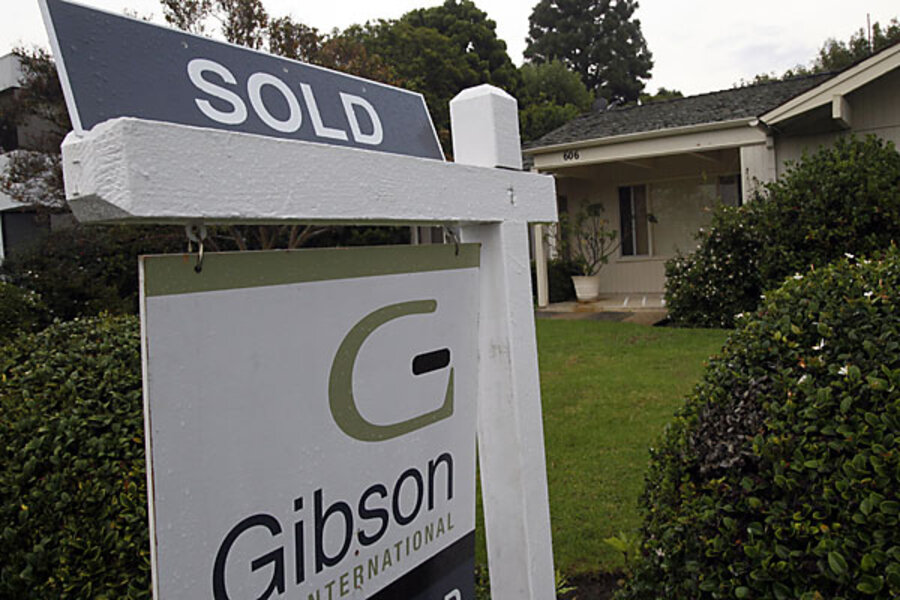FHA low on funds but won't need bailout
Loading...
| WASHINGTON
The U.S. Federal Housing Administration remains undercapitalized but should be able to avoid the need for a taxpayer-funded infusion even in a worst case scenario, an audit released on Tuesday showed.
The agency, which guaranteed close to 40 percent of home purchase loans originated in the past year, has seen its capital dwindle as losses on loans made during the housing boom mounted. Its thin capital cushion had raised the prospect it might have to tap a credit line with the U.S. Treasury.
At the end of the fiscal year ended in September, the FHA's capital reserves had slipped to just 0.50 percent of the value of the thousands of outstanding U.S. home mortgages it insures, well below the 2.0 percent required by law and down from 0.53 percent in 2009, the annual actuarial study found. It was the second straight year the agency's capital was below the congressionally mandated level.
However, the steps the agency has taken to shore up its finances appear to be putting it on sounder footing. A year ago the independent study found that under a worst-case scenario the reserve ratio would fall into negative territory, forcing FHA to seek a bailout.
The latest study, under even more rigorous assumptions, found the figure would remain positive.
"It's clear that FHA is in a stronger position today than we were just one year ago," FHA Commissioner David Stevens said in a statement. "While we are not yet completely out of the woods, based on the evidence we're seeing, FHA is weathering the economic storm while helping to create a firm foundation for our nation's recovery."
The capital reserve fund is a secondary, surplus fund set up by Congress in 1990 to provide an extra cushion for the FHA in times of economic distress. The fund contained $4.7 billion as of September 30, up from $3.6 billion the prior year.
The FHA also maintains a separate financing account, which is used to pay for expected losses. The two accounts total $33.3 billion in liquid assets, or about 3.7 percent of outstanding loans. Last year, the two funds represented 4.5 percent of outstanding loans.
Essentially, that means total reserves available are a smaller percentage of total loans than last year, but Stevens said newer loans would be less likely to default because they were made with more-restrictive terms. Over the past year, the FHA has put in place a number of reforms intended to shore up its capital base, including raising fees on borrowers.





